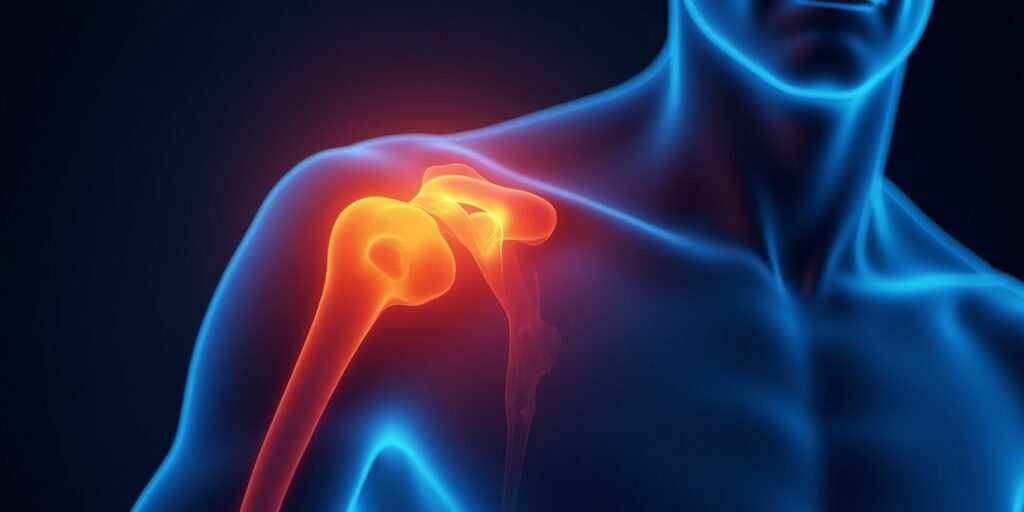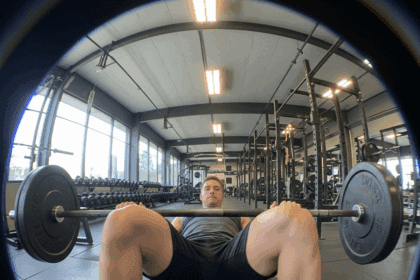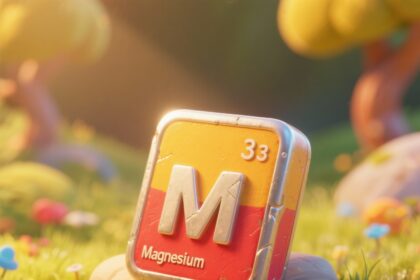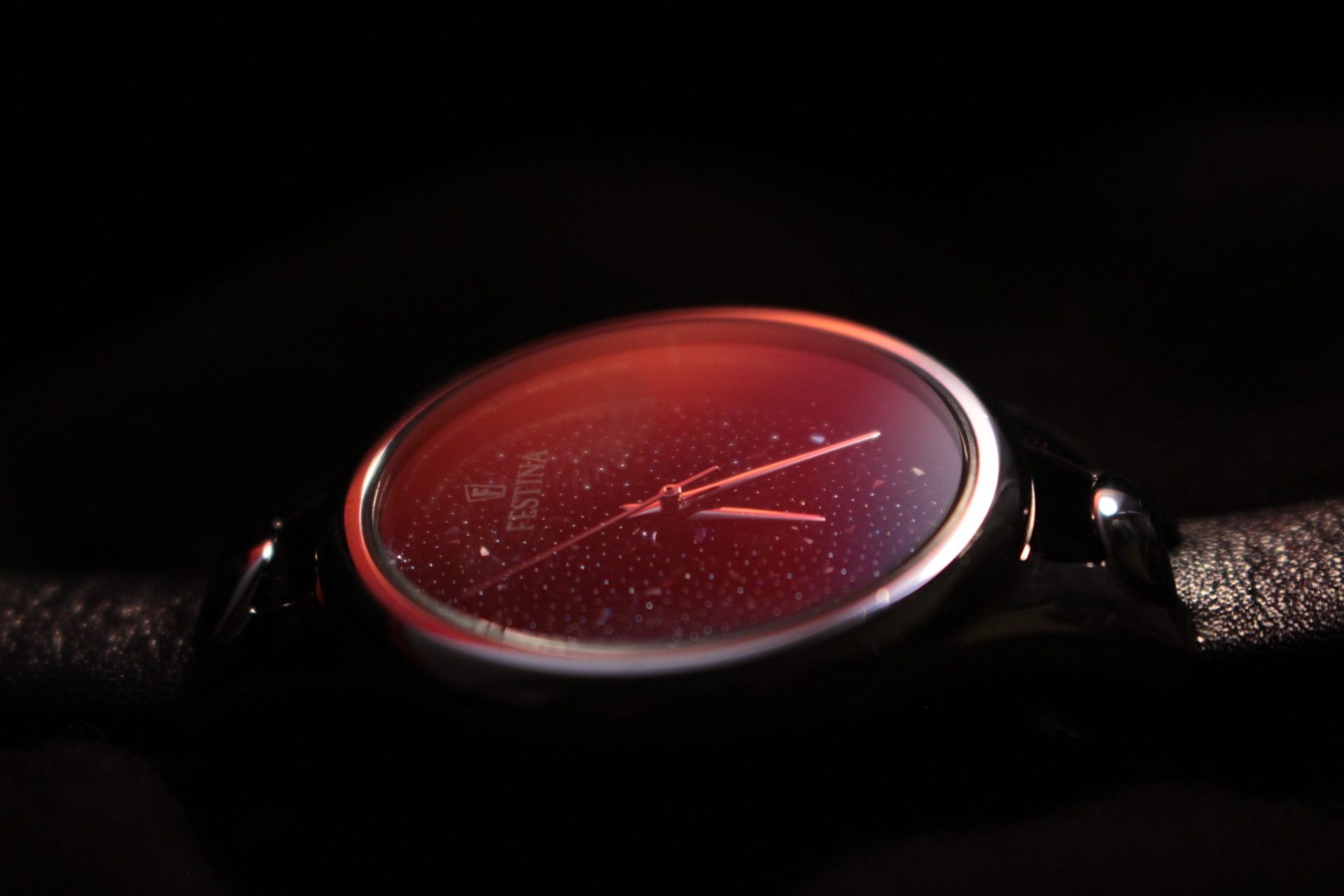By Kaitlyn Russell
Why Rotator Cuff Injuries Are Common Yet Overlooked
Rotator cuff injuries are one of the most common sports-related injuries to the shoulder. Because rotator cuff injuries are often complex, they are often misdiagnosed or ignored. Rotator cuff tears can start as shoulder pain, often described as soreness, and lead to full thickness tears.
The stages of rehabilitation for rotator cuff injuries have some similarities, but also some differences. Most stages start with some level of physical therapy. Physical therapy is often used pre and post surgery depending upon the thickness and the number of tears.
Challenges in Diagnosing Shoulder Pain
Diagnosing rotator cuff injuries starting from shoulder pain may be difficult. There are several common shoulder complaints that may make it easy to misdiagnose. The 2014 article, Current Concepts of Rotator Cuff Tendinopathy, discussed some of the difficulties diagnosing shoulder complaints.
The journal article stated that “tendinopathies are a broad topic that can be examined from the lab to their impact upon function. This statement serves as a baseline for the purpose of diagnosing and the importance of this type of injury.”
The article continued, stating that “shoulder pain is the third most common musculoskeletal complaint [with some of the] commonly diagnosed shoulder problems include impingement…, frozen shoulder, and glenohumeral (GH), and acromioclavicular (AC) arthritis.”

Common Symptoms and Treatment Decisions
It is also common to find that some injuries may result in chronic shoulder pain. Common symptoms present in all stages of rotator cuff tears include noticeable weakness, loss of function, stiffness, pain while sleeping, impingement, and restricted range of motion. Having similar symptoms for each stage of a cuff injury makes it difficult to differentiate.
Determining a treatment plan involves deciding if the patient needs some form of surgery. When making such a decision, the 2014 journal article stated that “factors taken into account…include the patient’s functional needs, age, health, size of tear, and amount of fatty infiltration into the muscle.”
Typically, physical therapy also plays a role in treating such injuries. If surgery is not necessary, physical therapy and other less invasive treatment methods are used.
What is Frozen Shoulder & Diagnostic Testing
Frozen shoulder, also known as adhesive capsulitis, is a common shoulder injury in athletes and in some post-surgical patients. This type of shoulder injury involves severely restricted range of motion. In the 2013 textbook, Current Diagnosis & Treatment: Occupational & Environmental Medicine, the authors stated that “on physical examination, patients begin to experience anterior shoulder pain when the arm is abducted to 30-40 degrees or flexed forward to 90 degrees or more.
However, the restriction does not cause the same pain with active external rotation. Internal rotation of the shoulder is more painful with movement in daily activities.” There are tests used for diagnosing frozen shoulder that examine the function of both internal and external rotation. Two tests mentioned in the textbook are the supraspinatus isolation and the Hawkins-Kennedy test. The supraspinatus isolation test involves ninety-degree and thirty-degree movements to determine the area of weakness in the shoulder.
The Hawkins-Kennedy test involves a ninety-degree rotation of the shoulder. Impingement is diagnosed when pain is reported. Frozen shoulder is often just as painful as a partial or a full tear of the rotator cuff.

Understanding Partial Thickness Rotator Cuff Tears
Partial rotator cuff tears are just as serious (and painful) as full thickness tears but are often less recognized and treated. In the 2015 journal article, Partial Thickness Rotator Cuff Tears: Current Concepts, the importance of a partial thickness tear is explained in detail. The article stated that “despite their high prevalence, the majority of studies on the treatment of rotator cuff tears have focused on full thickness tears.”
One of the treatment methods cited in the article is arthroscopy surgery. The symptoms of partial thickness tears are quite similar to those of frozen shoulders and full thickness tears. These symptoms include pain, limited range of motion, impingement, and pain at night. One of the differences between a partial thickness tear and frozen shoulder impingement is the testing for the differential diagnosis.
Magnetic Resonance Imaging (MRI) can be used to assist with the diagnosis. The article also stated that “…ultrasound and MRI…” are helpful imaging for diagnosing shoulder injuries, but “…MR arthroscopy remains the imaging modality of choice.” Arthroscopy is a unique method of treatment for partial thickness rotator cuff tears because it is a less invasive alternative to traditional surgery.
The same article described arthroscopy as “… the ability to probe the soft tissues to identify areas of tearing that would otherwise be undetectable.” Being able to provide a less invasive and more cost-effective option, medical professionals don’t always have to resort to major surgery.
References
Factor, D., & Dale, B. (2014). Current concepts of rotator cuff tendinopathy. International journal of sports physical therapy, 9(2), 274–288.
Rempel D.M., & Amirtharajah M, & Descatha A (2013). Shoulder, elbow, & hand injuries. LaDou J, & Harrison R.J.(Eds.), CURRENT Diagnosis & Treatment: Occupational & Environmental Medicine, 5e. McGraw Hill. https://accessmedicine.mhmedical.com/content.aspx?bookid=1186§ionid=66478559
Matthewson, G., Beach, C. J., Nelson, A. A., Woodmass, J. M., Ono, Y., Boorman, R. S., Lo, I. K., & Thornton, G. M. (2015). Partial Thickness Rotator Cuff Tears: Current Concepts. Advances in orthopedics, 2015, 458786. https://doi.org/10.1155/2015/458786
Sambandam, S. N., Khanna, V., Gul, A., & Mounasamy, V. (2015). Rotator cuff tears: An evidence-based approach. World journal of orthopedics, 6(11), 902–918. https://doi.org/10.5312/wjo.v6.i11.902






































